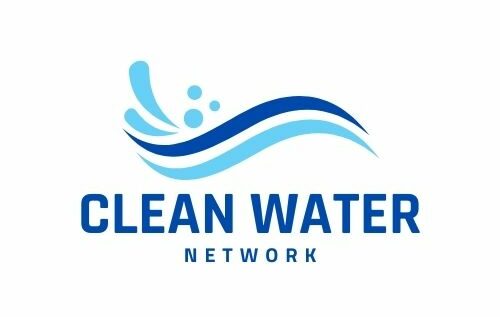Donald Trump is set to begin his presidency again on January 20, and some major updates to Social Security could be on the horizon. Social Security, which supports over 54 million Americans, might undergo big changes to taxes and funding. Let’s break down these possible reforms and what they mean for you.
Trump’s Proposed Social Security Changes
Eliminating Federal Taxes on Benefits
- Social Security benefits have been taxed since 1984.
- Currently, about 40% of beneficiaries pay taxes on their benefits, depending on income and filing status. For some, 85% of their benefits are taxable.
- Trump aims to remove these federal taxes, providing relief for retirees and others receiving Social Security.
Challenges to Removing Taxes
- This proposal requires Congressional approval. With a divided political environment, passing this reform won’t be easy.
- Concerns include:
- Loss of tax revenue that currently funds other programs.
- Potential increases in the federal deficit.
Summary Table
| Proposal | Details | Challenges |
|---|---|---|
| Remove Taxes | Relief for retirees; no federal tax on benefits | Congressional approval; potential revenue loss |
| Energy Revenue Plan | Fund Social Security with oil and gas profits | Market volatility; environmental concerns |
A New Plan to Strengthen Funding
Trump suggests using money from oil and gas production to fund Social Security. This plan has two goals:
- Stabilize Social Security for the future.
- Boost America’s energy independence by utilizing domestic resources.
Concerns with the Energy-Funding Plan
- Volatility of Oil and Gas Revenues: Oil and gas prices can fluctuate, making this funding source unpredictable.
- Legislative Hurdles: Passing this plan would require cooperation from Congress and the energy industry.
- Environmental Issues: Critics argue that focusing on oil and gas could clash with global efforts to move toward renewable energy.
What Are the Chances of These Reforms?
- Eliminating Taxes: While some Republicans may support it, finding widespread agreement will be difficult.
- Energy Revenue Plan: This approach might meet resistance due to environmental concerns and market instability.
- To succeed, Trump’s proposals need strong Congressional support, including overcoming the Senate’s 60-vote filibuster hurdle.
Key Takeaways
Social Security is essential for millions of Americans. Any changes will face intense public and political scrutiny. While Trump’s plans are bold, their implementation will depend on navigating legislative and financial challenges.
FAQ’s
What is Trump proposing for Social Security?
Removing federal taxes on benefits and funding the program through oil and gas revenue.
When could these changes happen?
These proposals would require Congressional approval, so they might take time.
Who benefits most from these changes?
Retirees and Social Security recipients with moderate to high incomes.

